Cultural Delights: Architecture and Nightlife in Piła
Join our free walking tour to explore stunning architecture, savor delicious food, and experience vibrant nightlife at pubs and clubs in Piła.
Time
3 Hours
Stops
8 Places
Distance
5.4 km
St. Stanislaus Kostka Church
Begin your tour with a visit to St. Stanislaus Kostka Church, a beautiful example of neo-Gothic architecture that stands as one of the city's most prominent landmarks.
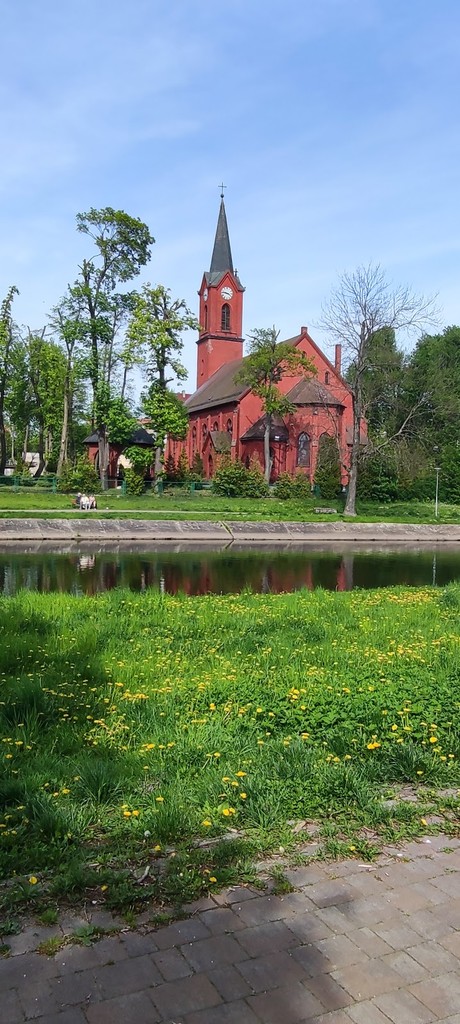
St. Stanislaus Kostka Church (Source: Google Maps)
St. Stanislaus Kostka Church is a remarkable example of neo-Gothic architecture, completed in the early 20th century. The church is distinguished by its intricate facade, soaring spires, and beautiful stained glass windows, which depict various saints and biblical scenes. It serves as a spiritual center for the local community and is renowned for its impressive interior, featuring ornate altars and rich decorations. The church also hosts various cultural and religious events, making it a significant landmark in Piła. Its architectural style reflects the broader trends of the neo-Gothic revival in Poland, emphasizing verticality and light, which are characteristic of Gothic design. Visitors are often captivated by its serene atmosphere and the artistry that embodies both faith and history.
Regional Museum in Piła
Continue your exploration at the Regional Museum, where you can dive into the rich history and culture of the Piła region through fascinating exhibits.
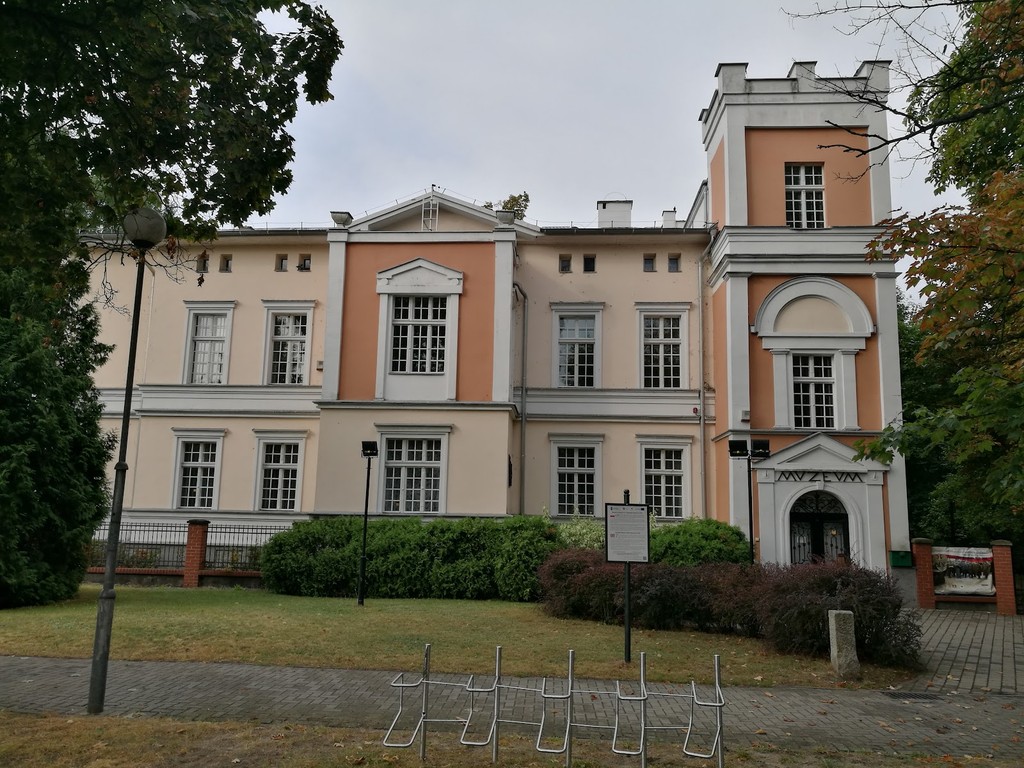
Regional Museum in Piła (Source: Google Maps)
The Regional Museum in Piła offers a deep dive into the rich tapestry of the region's history and culture. Established in the early 20th century, the museum houses an extensive collection of artifacts, art, and historical documents that narrate the story of Piła and its surroundings. Visitors can explore exhibitions ranging from prehistoric times to modern-day Piła, showcasing local traditions, crafts, and significant historical events. The museum also features temporary exhibits that highlight contemporary artists and cultural movements, providing a platform for ongoing dialogue about the region's identity. Its architecture reflects the historical styles of the area, creating a fitting backdrop for the diverse exhibits. The museum plays a vital role in preserving the cultural heritage of Piła and is a must-visit for anyone interested in understanding the region's past.
The Monument of Stanisław Staszic
Pay homage to one of Piła's most famous historical figures at the Monument of Stanisław Staszic, a notable feature in the city.
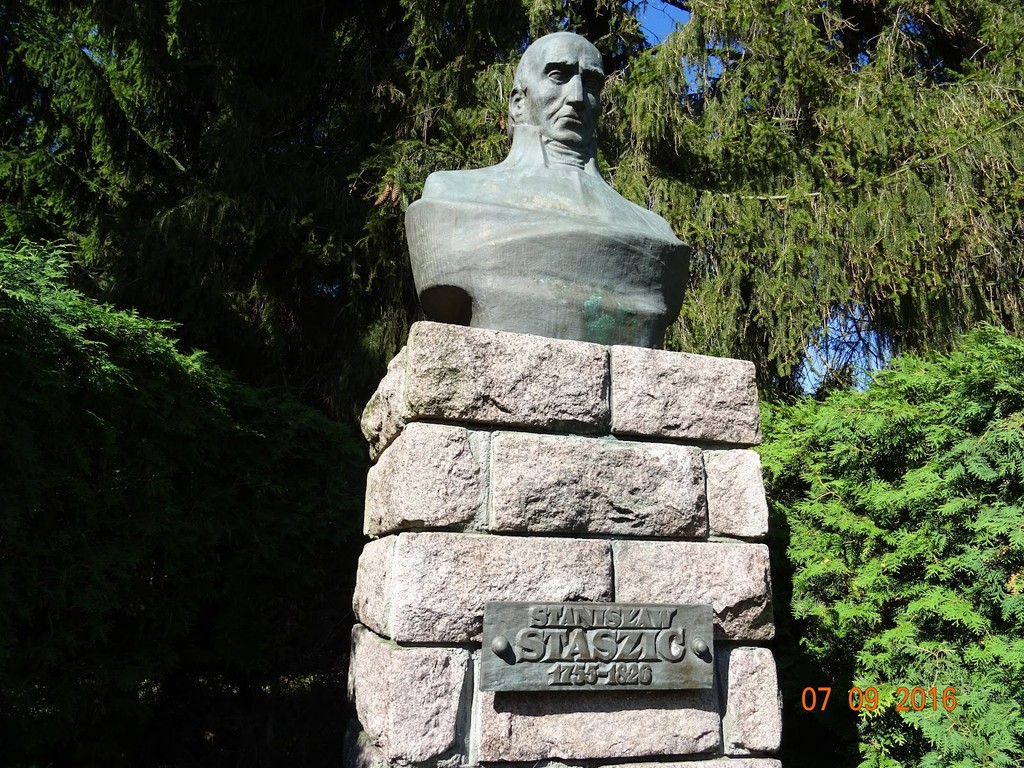
The Monument of Stanisław Staszic (Source: Google Maps)
The Monument of Stanisław Staszic stands as a tribute to one of Poland's most esteemed figures, a polymath and a key contributor to the Enlightenment era. Erected in the early 20th century, the monument captures Staszic’s likeness in a dignified pose, symbolizing his contributions to education, science, and social reform. Staszic was known for his advocacy of progress and modernization in Poland, making the monument a focal point for discussions about the country's intellectual heritage. Surrounded by lush greenery, it serves not only as a historical marker but also as a popular spot for locals and tourists alike, offering a moment of reflection on the values of knowledge and civic duty that Staszic championed. The monument is often a site for commemorative events, emphasizing its role in the cultural and historical narrative of Piła.
Piła Railway Station
Admire the historical architecture of Piła's Railway Station, a significant transport hub with an intriguing architectural style.

Piła Railway Station (Source: Google Maps)
Piła Railway Station is an architectural gem that showcases the historical significance of rail transport in the region. Built in the late 19th century, the station features a blend of neo-Renaissance and eclectic styles, characterized by its grand entrance, intricate brickwork, and spacious waiting areas. As a crucial transport hub, it facilitated the movement of people and goods, contributing to the economic development of Piła. The station has undergone various renovations to preserve its historical charm while modernizing its facilities for contemporary travelers. Its impressive facade and well-maintained surroundings make it a pleasant stop for visitors. The station's historical significance is further enhanced by the stories of countless travelers who have passed through its halls, making it a living testament to the town's connectivity and growth over the years.
Browar Piła
Enjoy a break at Browar Piła, a local brewery known for its craft beers and hearty Polish dishes, making it an excellent spot for lunch.
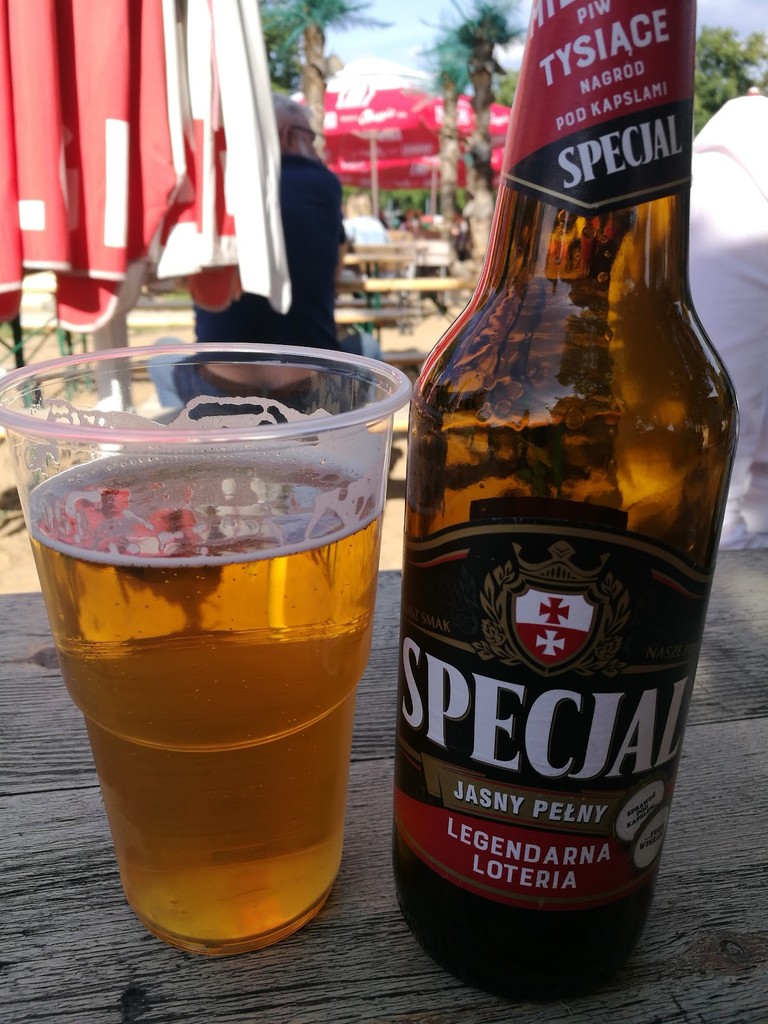
Browar Piła (Source: Google Maps)
Piła City Park
Take a leisurely stroll through Piła City Park, a tranquil green space perfect for enjoying the natural beauty of the area and a glimpse of local life.
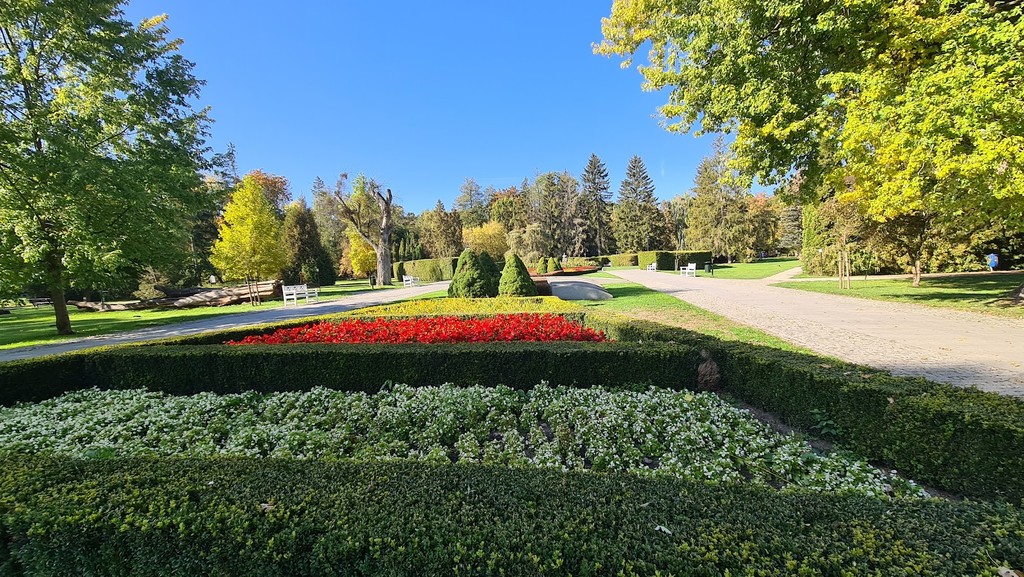
Piła City Park (Source: Google Maps)
Piła City Park is a serene oasis in the heart of the city, offering residents and visitors a peaceful retreat from urban life. Established in the late 19th century, the park features beautifully landscaped gardens, winding pathways, and a variety of trees and plants that showcase the region's natural beauty. It is a popular gathering place for locals, providing spaces for leisure activities, picnics, and community events. The park is also home to several sculptures and monuments that reflect the cultural heritage of Piła. Visitors can enjoy leisurely strolls, relax by the pond, or participate in seasonal events that highlight local traditions and festivities. The park's tranquil environment makes it an ideal spot for families and nature lovers, fostering a sense of community and connection to the natural world.
Piła Town Hall
Visit the Piła Town Hall, an impressive building that showcases the city's municipal heritage and architectural elegance.
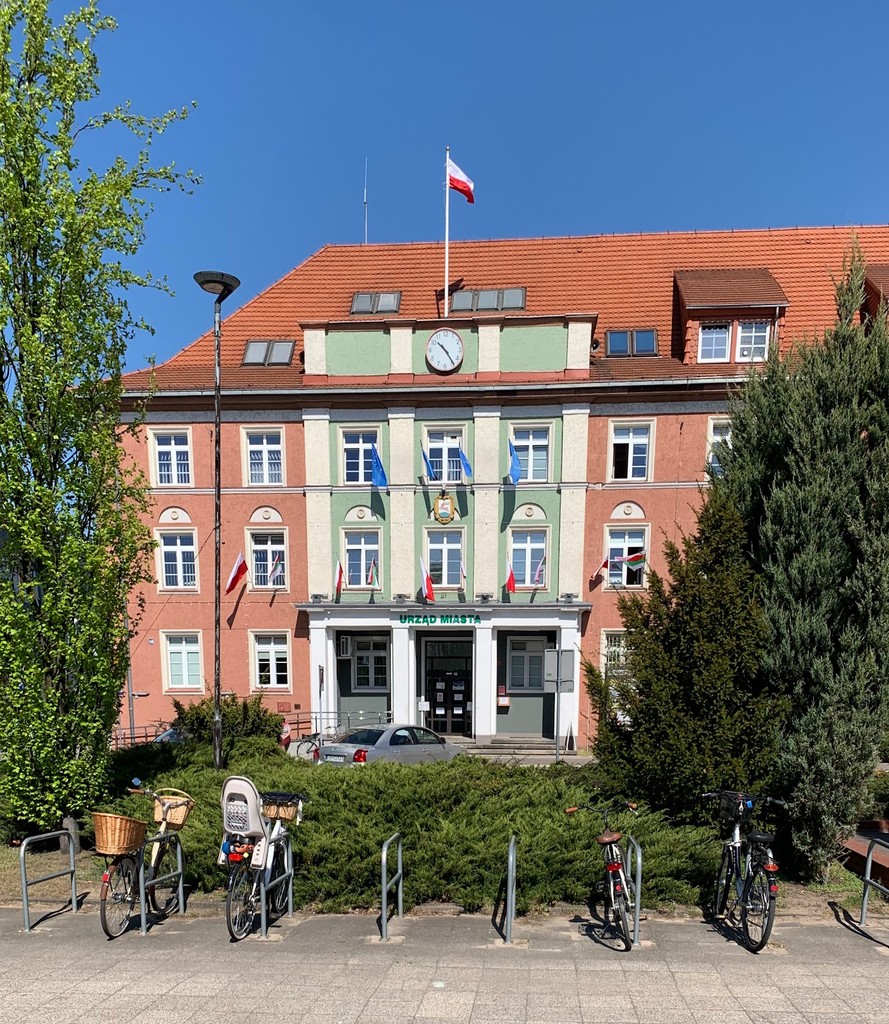
Piła Town Hall (Source: Google Maps)
The Piła Town Hall is a striking example of municipal architecture that embodies the historical and cultural essence of the city. Constructed in the early 20th century, the building features a blend of neo-Renaissance and Baroque styles, characterized by its grand facade, elegant columns, and decorative elements. The Town Hall serves as the administrative center of Piła, housing various municipal offices and providing services to the local community. Its architectural beauty is complemented by the surrounding square, which often hosts public events, markets, and cultural activities. The Town Hall is not only a functional building but also a symbol of civic pride, representing the governance and heritage of Piła. Visitors can admire its intricate details and learn about the city's history through guided tours and informational displays.
Klub Muzyczny Barka
Conclude your tour at Klub Muzyczny Barka, a lively nightclub where you can experience the local nightlife and enjoy live music.
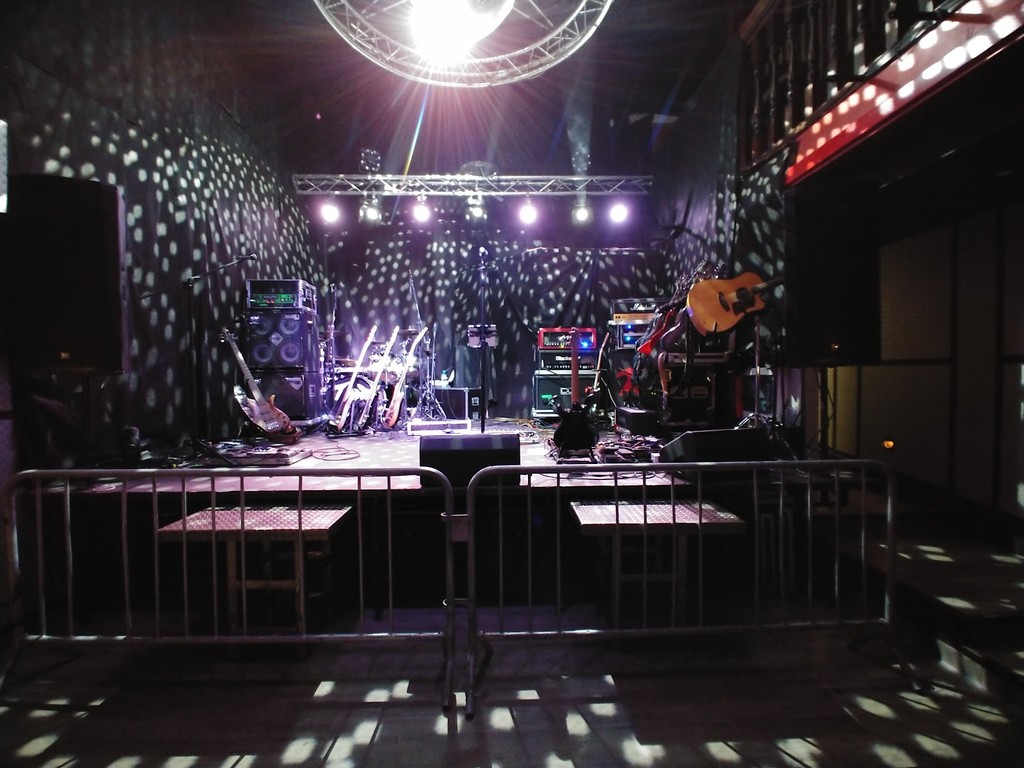
Klub Muzyczny Barka (Source: Google Maps)

Your travels, your rules.
Create your own Free Walking Tours.
Set your preferences, distances and anything you want to do or see.
Completely free, no payment required.